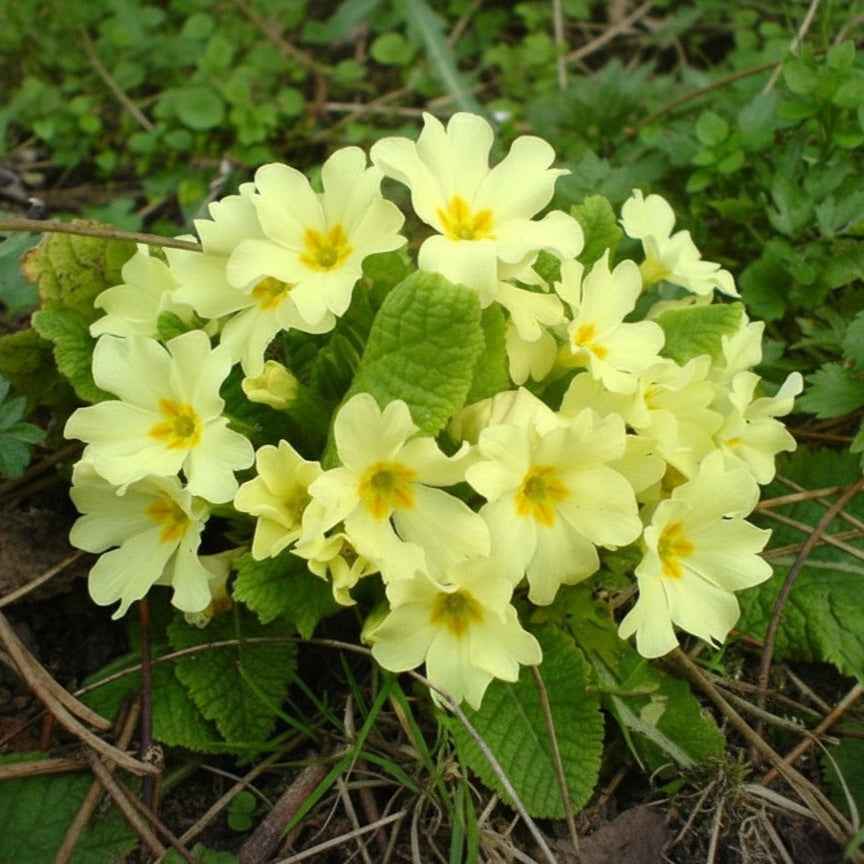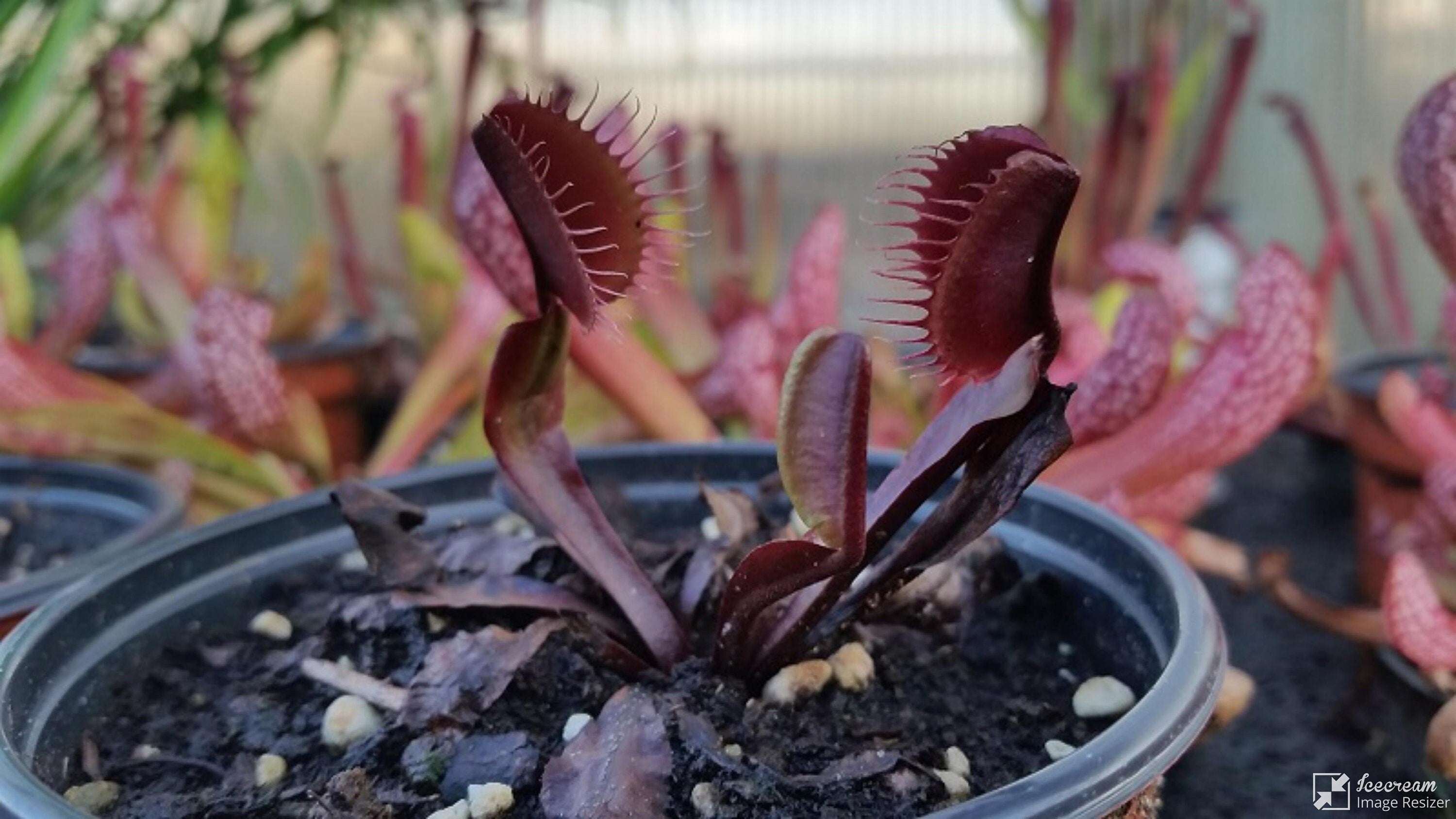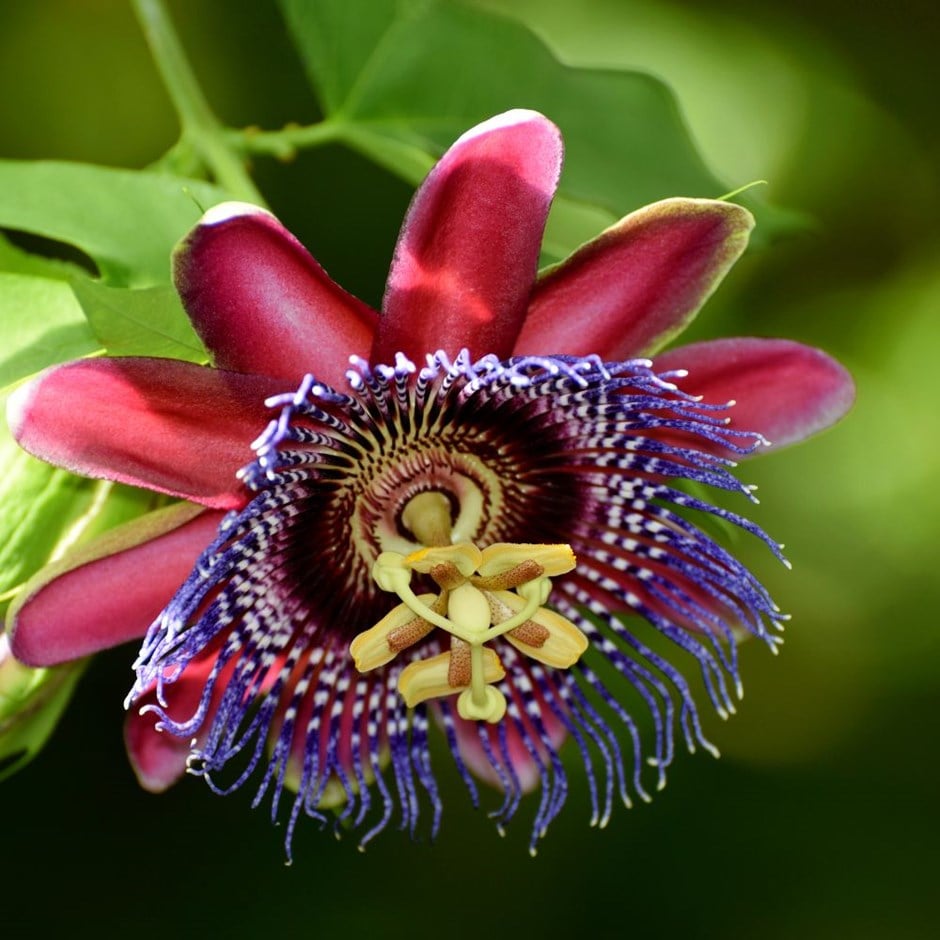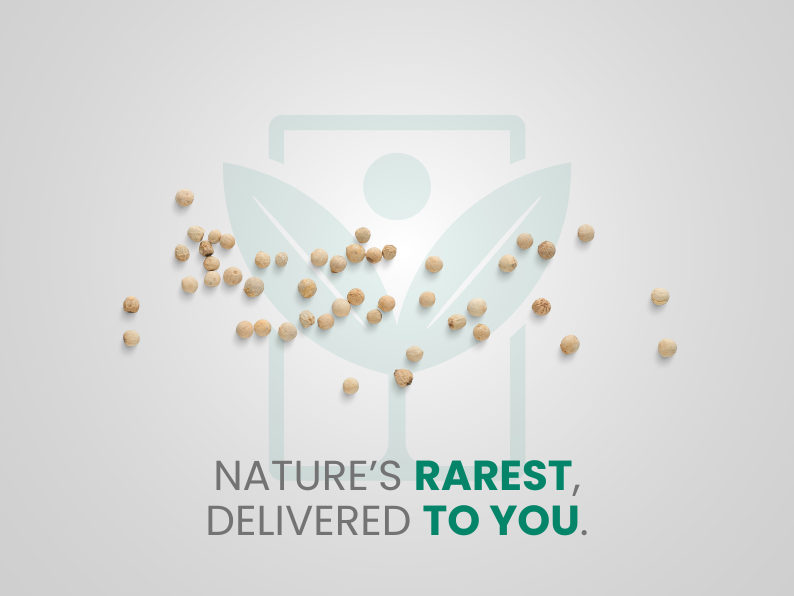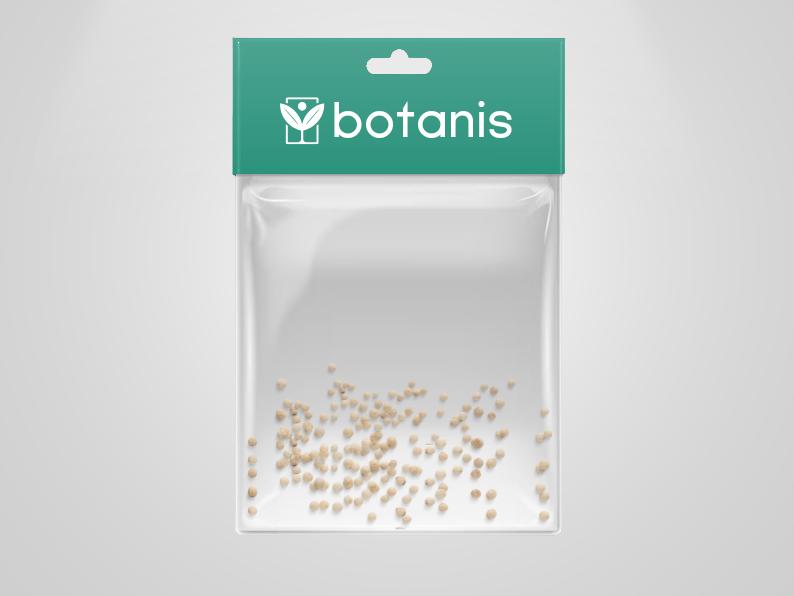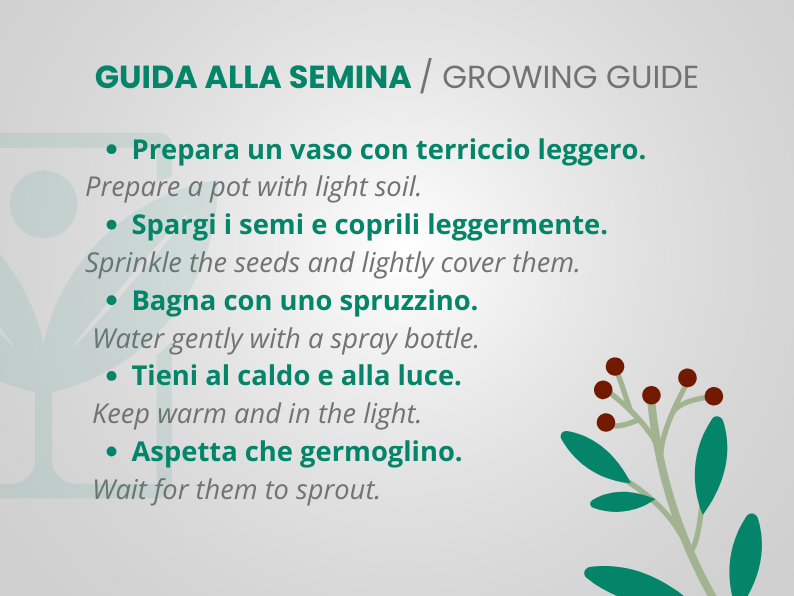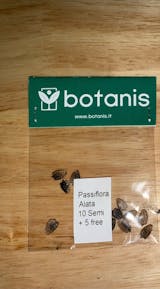10 seeds of PASSIFLORA ALATA - tropical plant - flower seeds - high germination - seeds
Shipping time: 3-5 business days
Use code " BOTANIS10 " for a 10% welcome discount!
Free shipping: on orders over €39!
Couldn't load pickup availability

Description
Passionflower is a perennial, climbing herbaceous plant with a robust, woody stem that can reach 10 metres in length.
The leaves are alternate, petiolate and finely pubescent (that is, covered with dense and thin hair). The lower part is "hairier" than the upper part. On the leaf blade there are also extra-floral nectaries.
The flowers are axillary, usually solitary and hermaphroditic and can reach 5-9 centimeters in diameter. The five sepals are green on the outside and white on the inside; the five petals instead have a color that can vary from white to pale red. There is then a secondary corolla inside the petals composed of four crowns of filaments arranged in rays around the axis of the flower and white and purple in color. The ovary has three carpels and three styles that end with a thickened stigma. The five stamens are joined at the base.
The fruits are ovoid or elongated berries and their yellow pulp is edible.
In commerce, passionflower is sold as a dried drug with which to prepare infusions and herbal teas, but its extracts can also be found in food supplements (in the form of oral drops, tablets or capsules) and even in over-the-counter (OTC) drugs, the latter in the form of drops.
Although the plant is also attributed with antispasmodic properties, it is mainly used as a calming remedy, often in association with other plants or plant extracts with similar or complementary activity in order to increase or augment their action, such as valerian and hawthorn. It could therefore be said that passion flower and its extracts are mainly used as mild sedatives, also to promote nighttime rest.
Cultivation methods
Rustic species such as P. caerulea can be grown in open ground or in pots on terraces, in a sunny and warm position, with fertile and sufficiently fresh soil, taking care in the northern regions to choose areas sheltered from cold winds and providing protection from winter frosts in the first years of life.
All ornamental species are suitable for cultivation in greenhouses or apartments, they require warm, bright environments, with good humidity in the air, fertilization every 15 days in the summer, with liquid fertilizers, abundant watering; in spring repot or rebury using universal soil; a drastic pruning must be practiced at the vegetative restart, to maintain a compact appearance to the plant and have robust flowering shoots.
Passiflora does not tolerate water stagnation in the soil in any way, therefore both in pots and in open ground it is necessary to add a little sand to improve the structure of the soil in order to ensure rapid drainage of excess water.
Propagation occurs by cutting, layering or sowing.
